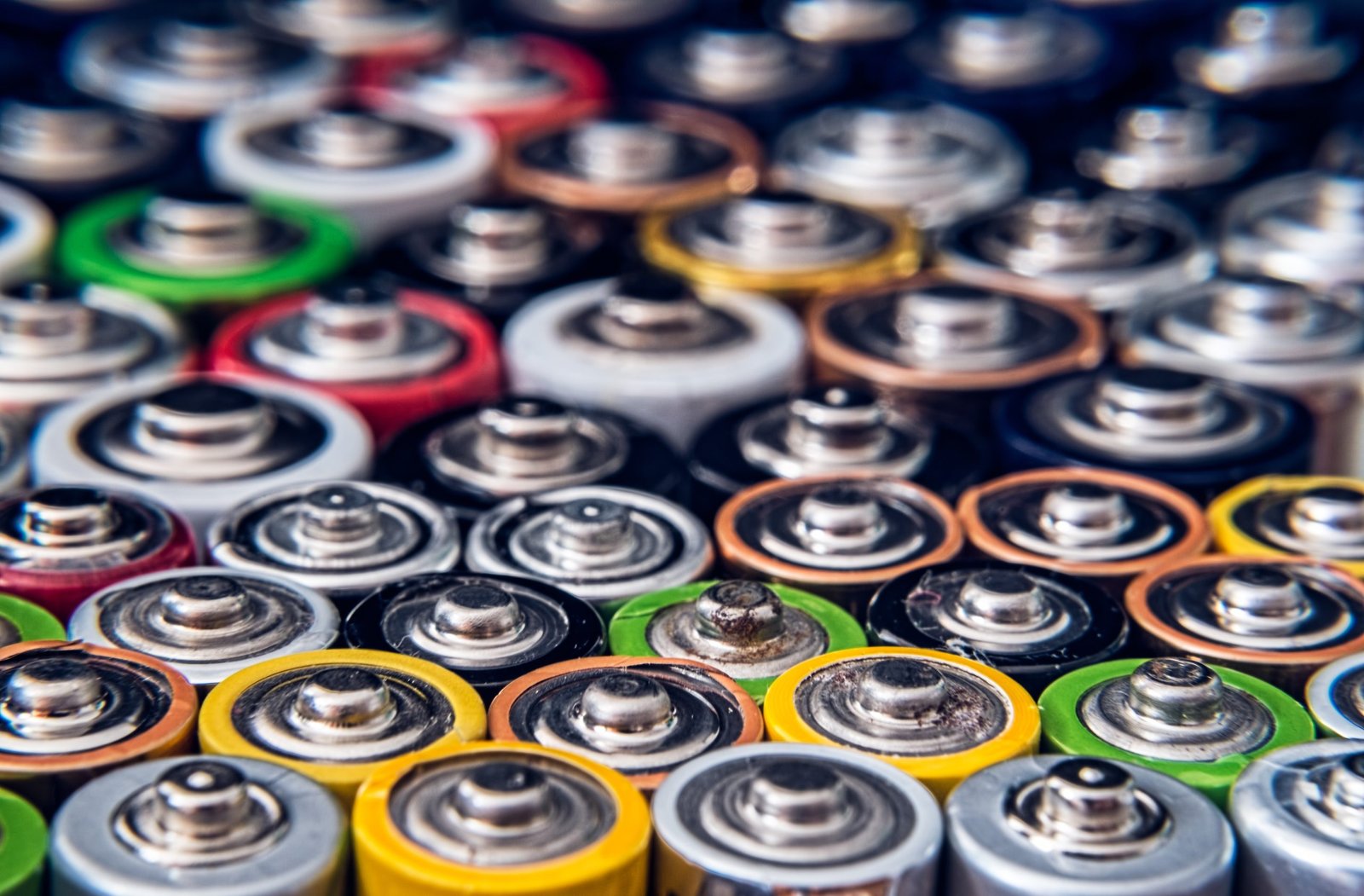Selecting the right home battery backup system is crucial for ensuring reliable power during outages and reducing dependence on the grid. This system stores energy for later use, such as during blackouts or when electricity rates are higher. With the increasing frequency of power outages and rising energy costs, along with improvements in battery storage technology, more homeowners are considering these systems.
When choosing a battery backup system, the first consideration should be the system’s capacity and scalability. The size of the system depends on the number and type of appliances you want to run and for how long. Essential appliances like refrigerators and freezers are easier to size for as they don’t consume much power and operate consistently. However, adding heating appliances can significantly increase the size of the backup system, sometimes by five times or more.
There are two primary ways to charge a home battery system: through solar panels or from the grid. Solar panels allow you to generate your own energy to recharge the battery, while grid charging is available if there are insufficient solar resources. In some locations, a grid-tie solar system can even feed energy back into the grid, offering further benefits. A typical system consists of an automated transfer switch to activate the battery when the power goes out, ensuring no power goes back into the grid, an AC to DC inverter, batteries, and optional solar panels.
Battery backup systems serve multiple purposes: they provide uninterrupted power during outages, help reduce monthly utility bills by using stored electricity during peak hours, and contribute to reducing greenhouse gas emissions by direct charging through solar, relieving stress on the grid during peak demand periods.
The cost of home battery backup systems varies based on size and complexity. Portable systems like Anker’s Solix F3800 are suitable for emergency situations and can run essential appliances for a few hours. They start at around $4,000, not including solar panels and expansion batteries. Larger, permanently installed systems for whole or partial-house coverage start between $10,000 and $20,000, with costs rising depending on battery bank size and solar panel scope. Rebates and incentive programs can significantly help with costs.
In summary, selecting a home battery backup system involves understanding your power needs, choosing between solar or grid charging, and considering the cost and complexity of the system. These systems offer reliability, cost savings, and environmental benefits, making them a valuable addition to modern homes.
Suggested Products:
1. Anker Solix F3800 Portable Battery System
2. Tesla Powerwall – Home Battery
3. Generac PWRcell – Battery System for Third-Party Solar Panels
4. Panasonic EverVolt DC Coupled Battery System
5. Franklin Whole-House Battery Backup System
Products
[amazon box=”B0BHSHFWMF”]





